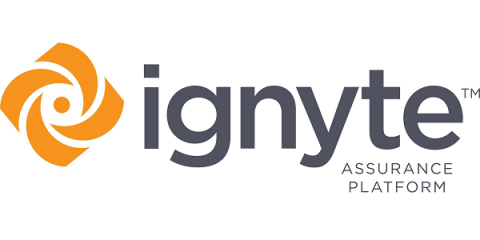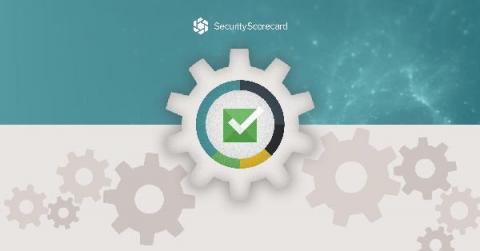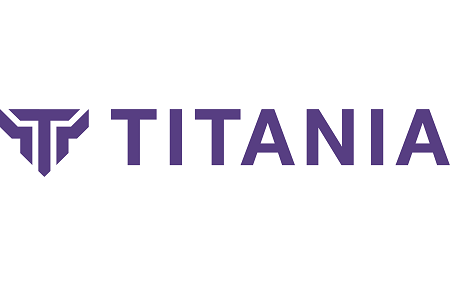The Importance of Cybersecurity Standards and Certifications for SMBs
In today’s world with cyber attacks hitting the headlines daily, cybersecurity is at the forefront of many business owners’ minds, but implementing the right solutions and knowing what to do to reduce your risk is a big challenge for decision makers in these organizations. The task is even harder for small- to medium-sized businesses (SMB) that tend to lack extensive budgets and resources needed for implementing the most effective and high-brow cybersecurity solutions on the market.







